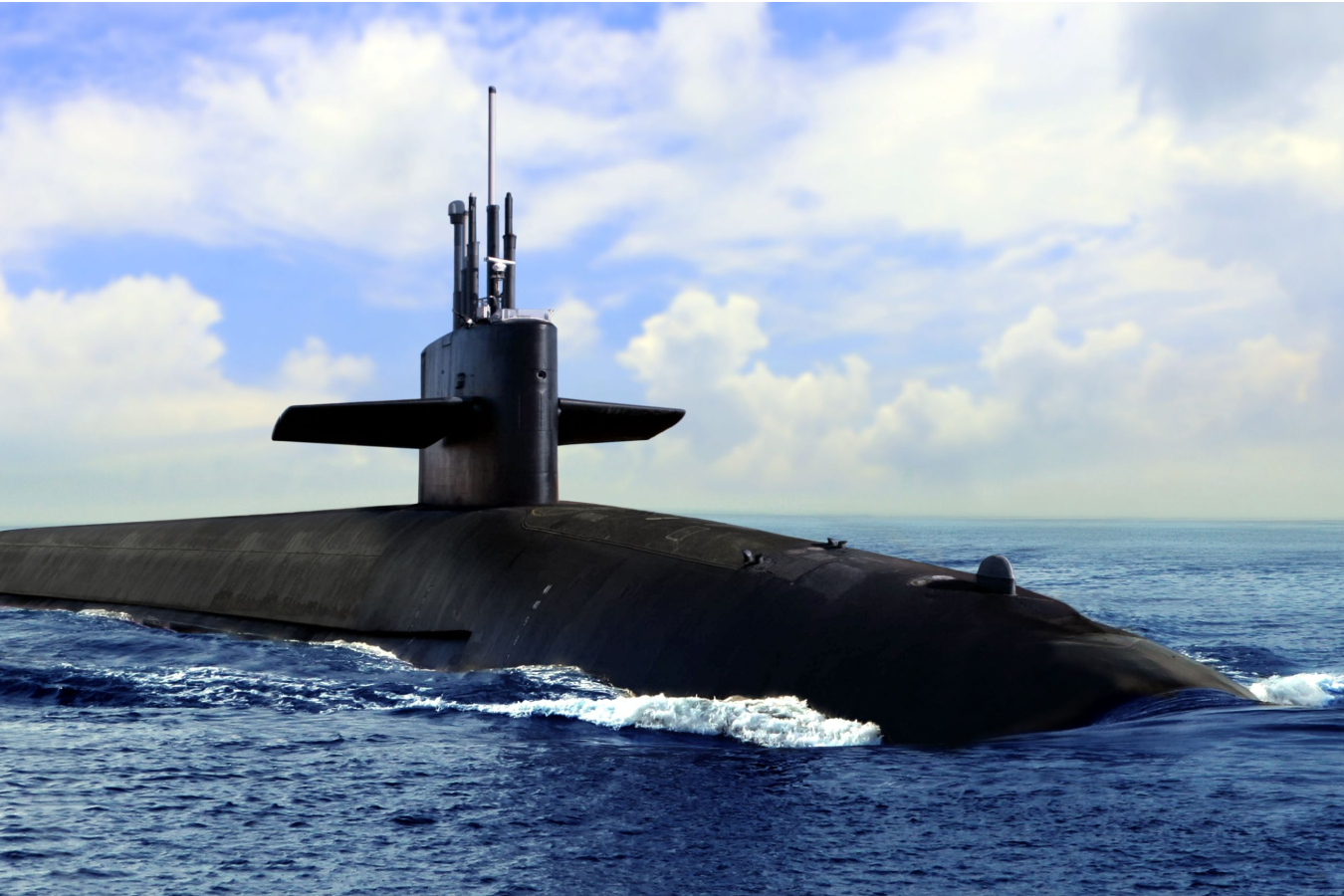
Subsea IoT: transforming naval communications
By Simon Partridge, Chairman of Covelya Group
With the ocean covering two thirds of the earth’s surface, it’s crucial that we develop technology for naval defences to be able to function across this significant part of our world.
Communication is critical
For any defence force, communications are critical in being able to plan, control and navigate assets on the battlefield. Communications underwater are no different, but due to the laws of physics, radio and satellite communication signals are limited in that they are only able to penetrate a few centimetres of water.
Although underwater acoustic communications in limited forms have been around for many decades, submarines have worked largely on ‘radio silence’, relying on stealth in their comms to avoid being detected and their location exposed to rival nations. However, this meant they could only capture limited amounts of data and had no effective way of transferring that data to central locations.
However, things are changing. Modern processors provide more computing power for less energy consumed and this has enabled increasingly sophisticated communications to be deployed underwater.
Communications:
- Acoustics communications is fundamentally limited by how acoustic rays propagate in varying waters with temperature and salinity gradients acting to bend and distort signals. Improved signal processing means more reliable acoustic communications are now possible, and the speed of data transfer has improved, where the physical channel allows.
- At much shorter ranges, free space optical communications come into play. Photons travelling at the speed of light make 20Mbits/s possible at up to 150m and 1Gbit/s at almost 10m, with no latency, no longer limited by the, much slower, speed of sound in water.
- With communications taking place between different assets, as well as different nations, having a common underwater “language” is important. Standards for interoperability are starting to be more commonly used. Phorcys is one such standard that is gaining traction and one of Covelya’s operating companies, Sonardyne, has been right at the heart of defining the signals and operating principles.
Edge processing:
- With limited availability of communication media, edge computing comes into play. More powerful processors can be utilised, when appropriate, to process huge amounts of raw data into much smaller chunks of information that can be offboarded in near real-time.
- Putting all this together means that forward protection around critical areas or pinch points can be provided by long-life, cableless, intelligent seabed nodes. These nodes can listen for noise, sense disturbances or changes in their environment. This data can be processed at the edge and compacted down to classify, or even detect, before communicating ‘answers’ back to base on low bandwidth, long range channels.
Drones:
- Increasingly, underwater uncrewed mobile vehicles or “drones” and fixed seabed nodes are moving into the frontline to survey, observe and provide deterrence. Sonardyne is now offering exactly this capability in existing products. It has had seabed nodes carrying out event detection deployed in deep water for over five years at a time on previous projects. These are now being deployed for ten years at a time and payload options include the unique sensor offerings from across the whole group.
- Systems are now being deployed where, on command via acoustic communications, they log huge amounts of seabed vibration and hydrophone data. Gigabytes of data is then optically offloaded to uncrewed underwater vehicles (UUV) every few months as they pass overhead.
Supporting our defence forces
Communications underwater is improving both in terms of reliability, range, bandwidth, and interoperability. This is allowing a wide range of assets, whether they are mobile in the water or fixed on the seabed to be interconnected at short or very long distances.
UUVs can now be deployed over the horizon for many months at a time, or seabed nodes for many years, to project force or acquire critical data.
These ongoing advancements in underwater communications and the integration of advanced technologies are revolutionising the way we explore and protect our ocean, opening unprecedented opportunities for innovation and progress.
Recent news and insights
Demystifying the Deep Sea: Lighting Up the Ocean’s Darkest Corners
In this feature Luke Richardson, VP of Sales & Marketing for Voyis, a Covelya Group company, explores the innovative platforms and technologies that are enhancing deep water exploration to better understand the ocean’s deepest and most mysterious regions. In a...
End of year reflections from Stephen Fasham, CEO, Covelya Group
As we close off another year, we look back and take stock of events and developments. We’ve had a fantastic year with new product launches, new ways of working and improved collaboration across our companies. Innovation still at our core This year, we saw the launch...
Navigating the next wave of oceanic evolution: how disruptive tech is steering the future
Oceans are home to abundant life, and for us, they open the door to a world full of vital resources and untapped potential. Making the most of these opportunities without negatively impacting ocean sustainability requires rapid technological innovation at this new...
How emerging technology is transforming our understanding of the ocean floor
By Simon Patridge, Chairman of Covelya Group Our oceans feed millions of people and critically moderate the atmosphere and hence hold the key to climate change. Understanding them on a finer spatial and temporal scale is therefore critical to the Earth’s future. The...
The ever pressing need to adapt and upskill in science and engineering
By Stephen Fasham, CEO, Covelya Group The pace of digitalisation has been on a steep upward trajectory for well over a decade and, according to a McKinsey survey, this pace was further accelerated — by around four years — as a result of Covid-19. In the ever-evolving...
